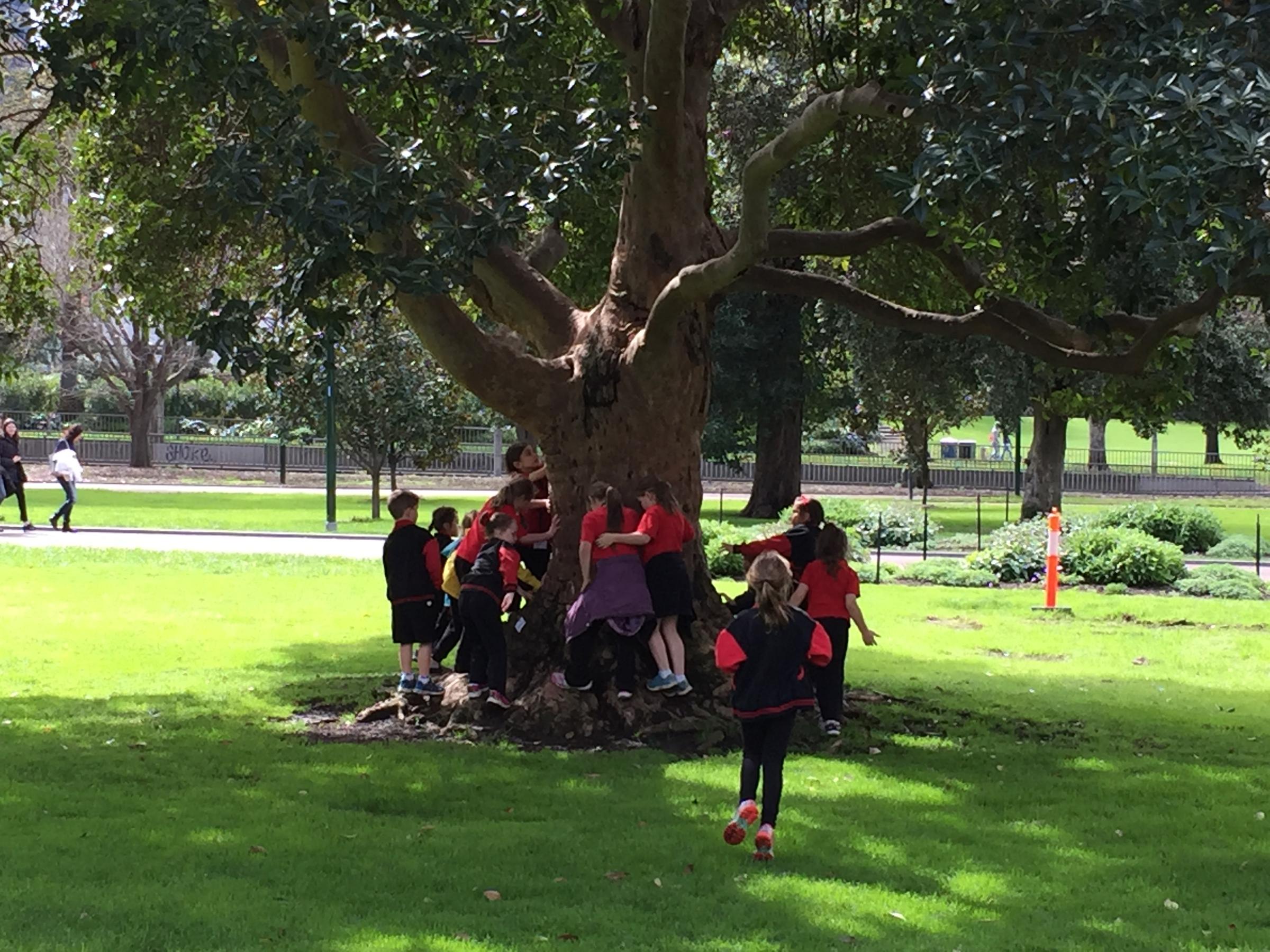Student Wellbeing

Chaplains Chat
Safety in a ‘Digital Age’
Digital communication, social media and cyber-technologies are advancing at such a rapid pace that young people who were at school a decade ago are already feeling left behind. No wonder that as parents and grandparents we feel like we have landed on an alien planet at times.
Just as this technology is an amazing asset giving us access to a world we had never even dreamed of 10 years ago, it comes with drawbacks too. It is not possible to shut ourselves and our precious families away from it in order to eliminate the harmful effects but it is necessary to be ready to navigate its treacherous challenges.
Some of the situations I have come across in my chats with students have included; targeted ‘hate’ campaigns, the spreading of lies and gossip, threats to release compromising images, blackmail, spiteful messages (not something that you would say to someone directly), public judgements and hurtful statements. I have also unfortunately met with a student who was unwittingly being ‘groomed’ online and had sent highly compromising images of themselves, an experience which has negatively impacted the student. Fortunately, in this situation the parent was alert and checked their child’s device, so intervention was enacted before any more serious damage occurred.
These incidents happen so quietly and are often unseen until the situation erupts in a fairly dangerous way.
As parents, we carefully monitor our children’s interactions with the wider world, we might check to see that there was an appropriate adult present, that you had clear time boundaries, that you would go with them to certain events, check movie ratings or in some cases deny them access as it did not meet your expectations for safety or propriety.
Despite this I find that many parents do not necessarily exercise the same monitoring with their students access on social media, perhaps it is because it occurs within the home environment.
Yet with young people exploring the internet and social networking it is to some extent equivalent to consenting to them wandering through a foreign city on their own, or hanging out with a large group of strangers (some of whom may have less than a caring interest in them).
Many child psychologists and paediatricians recommend that all electronic devices are switched off and located in a central point in the family home by a designated time, this will vary depending on the age of the child. It is also important to have regular conversations with them about the programs/apps they are accessing, have them show you how they work so that you can evaluate them yourself. It is important to check the age recommendations, they are there for very good reasons, all children though will tell you that it is okay because their friends use it, but you are the parent you set the boundaries. A condition of owning a device is that your child gives you their password, this is not a privacy issue it is a security issue. Armed with this information you need to check regularly and build this into family routine. Parents I know have access to their children’s social apps (don’t forget that games are often social too) in order to observe both incoming and outgoing interactions that occur on their own devices. Finally, you need to teach them how to respond if they are a recipient of inappropriate behaviour. Create an environment where it is safe to share distressing or uncomfortable interactions, coach them not to respond in any way, take a ‘screen shot’ of the interaction and then, if possible, quit the site altogether.
This is our world now let’s make it as safe as it is exciting.
Gill Van Der Ende
Chaplain
